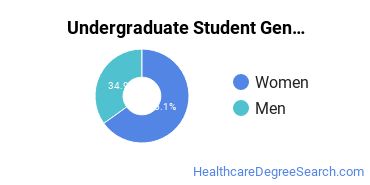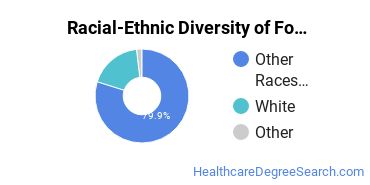Fort Peck Community College Healthcare Programs
Fort Peck Community College is a public institution located in Poplar, Montana. The rural area surrounding Fort Peck Community College is great for students who love a peaceful atmosphere.
Featured schools near , edit
Where Is Fort Peck Community College?

Contact details for Fort Peck Community College are given below.
| Contact Details | |
|---|---|
| Address: | 605 Indian Street, Poplar, MT 59255-0398 |
| Phone: | 406-768-6300 |
| Website: | www.fpcc.edu |
How Do I Get Into Fort Peck Community College?
You can apply to Fort Peck Community College online at: www.fpcc.edu/
Can I Afford Fort Peck Community College?
Fort Peck Community College Undergraduate Student Diversity

Gender Diversity
Of the 164 full-time undergraduates at Fort Peck Community College, 42% are male and 58% are female.

Racial-Ethnic Diversity
The racial-ethnic breakdown of Fort Peck Community College students is as follows.

| Race/Ethnicity | Number of Grads |
|---|---|
| Asian | 0 |
| Black or African American | 2 |
| Hispanic or Latino | 2 |
| White | 11 |
| International Students | 0 |
| Other Races/Ethnicities | 149 |
Fort Peck Community College Healthcare Concentrations
The table below shows the number of awards for each concentration.
| Major | Associate’s | TOTAL |
|---|---|---|
| Substance Abuse/Addiction Counseling | 9 | 9 |
| Pre-Nursing Studies | 3 | 3 |
| TOTAL | 12 | 12 |
References
*The racial-ethnic minorities count is calculated by taking the total number of students and subtracting white students, international students, and students whose race/ethnicity was unknown. This number is then divided by the total number of students at the school to obtain the racial-ethnic minorities percentage.
More about our data sources and methodologies.
